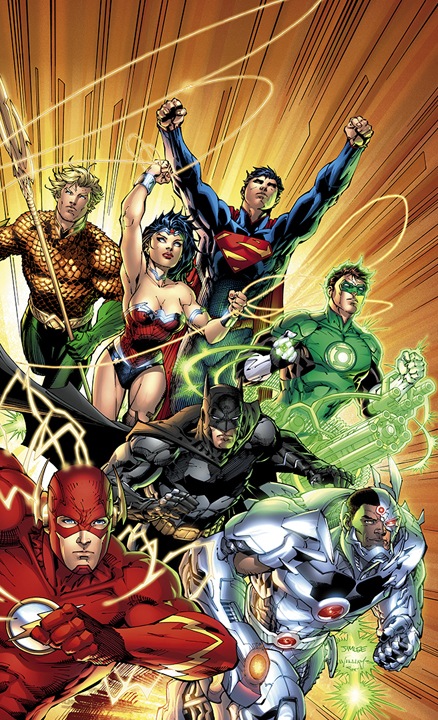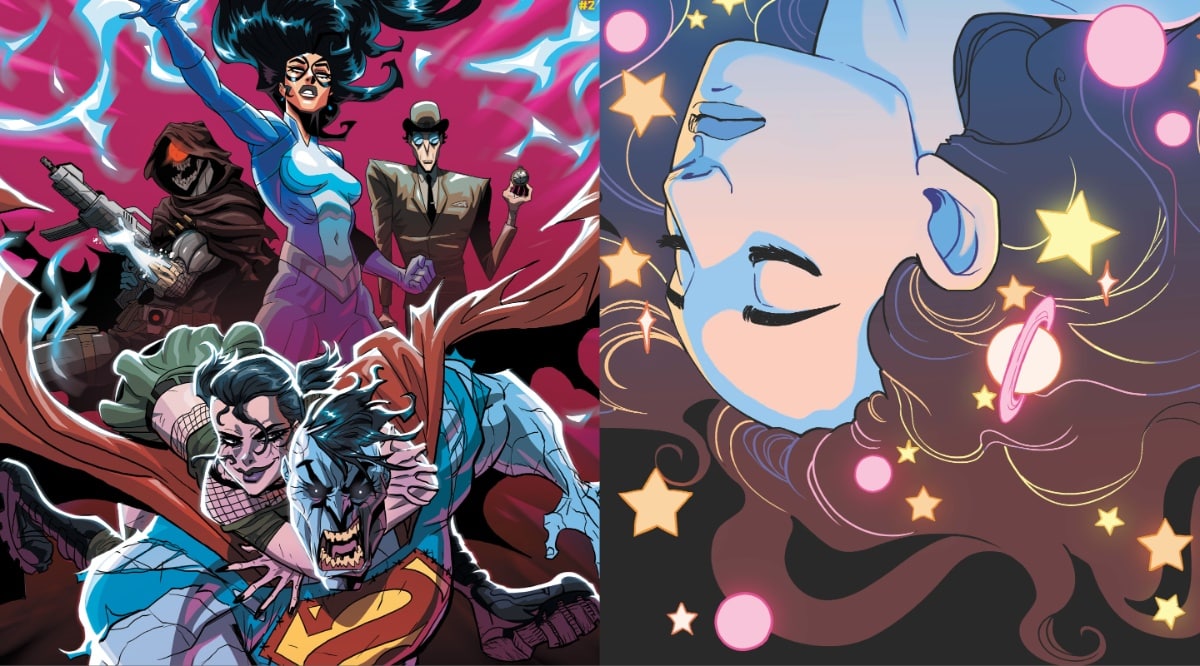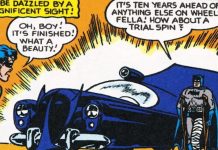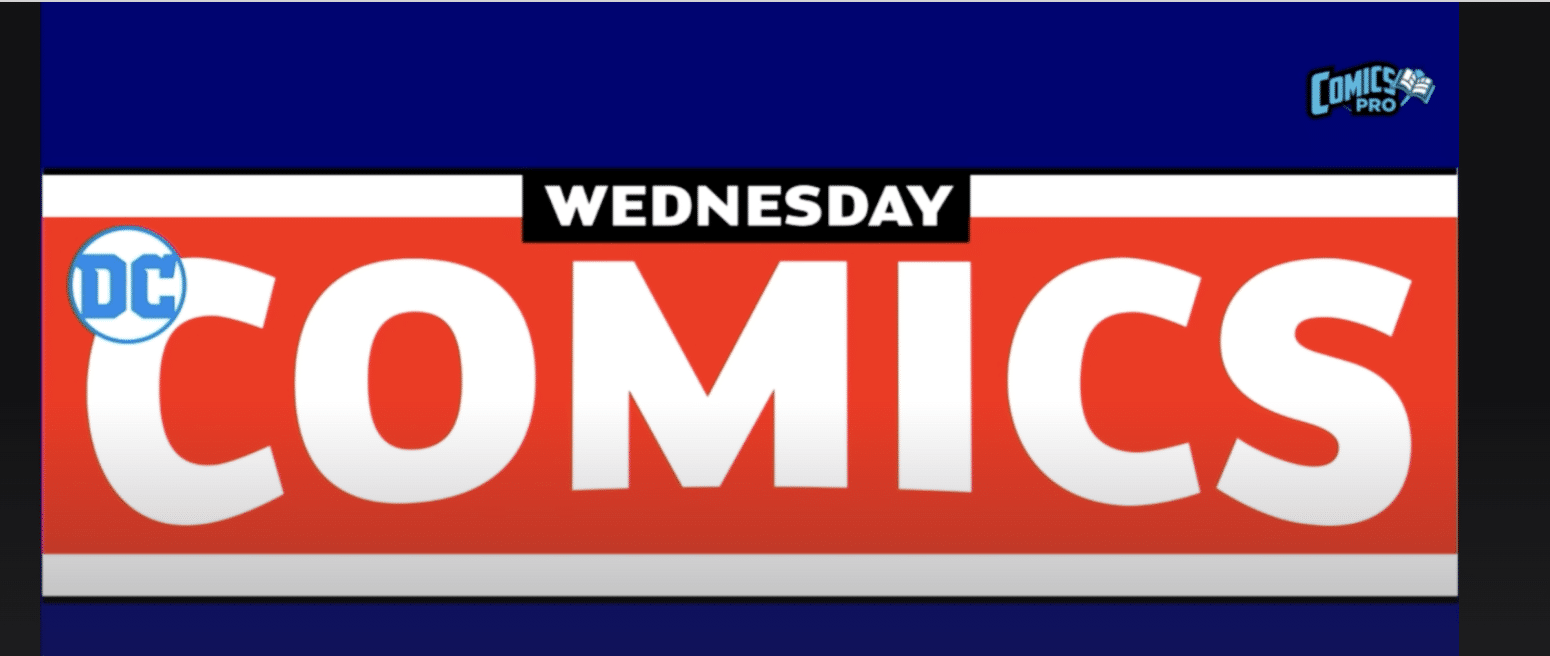How many statistics can one news day handle? DC has just released results from their Retailer Survey, which they launched in conjunction with the New 52. As we noted at the time, the survey was aimed at gauging interest in each and every New 52 title, as well as general readership demographics. As such, it represents the most comprehensive reader survey a comics company has made in some time. While it’s very New 52-centric, it does reveal a lot. While DC has released their own bullet points, which we’ve shown below, ICv2 has more info and an interview with John Rood. You’ll want to head over there and digest the whole thing. But here’s the broad picture:
• The launch of DC COMICS-THE NEW 52 galvanized the traditional fan base for superhero comic books: male readers, who were already—or have at one time been—comic book fans.
• The survey results are not a reflection of all comic book readers or the broader audience for graphic novels. This was a survey of consumers who specifically purchased DC COMICS-THE NEW 52 comic books, either in print or digital format.
• DC COMICS: THE NEW 52 appealed mainly to avid fans and lapsed readers. More than 70% of those surveyed categorized themselves as avid fans who visit the comic book store every week. More than a quarter of in-store consumers were lapsed readers. The survey indicates that 5% of those polled identified themselves as first-time, new readers.
• More than 50% of DC COMICS-THE NEW 52 readers were between the ages of 13 and 34. And more than 50% of in-store DC COMICS-THE NEW 52 consumers had an annual income of $60K or less. The data supports and arguably validates our philosophy of holding the line at $2.99 which DCE is committed to maintaining.
• The majority of titles generated strong interest and likely reader retention.
• Avid Fans purchased up to 20 titles out of the 52 titles.
• Digital: of dual mode readers, digital is far from replacing print.
• Impulse buys: Up to four-in-ten respondents reported that a NEW 52 title they were interested in (at a physical store location) was out of stock. Nearly two-thirds made a spontaneous purchase.
Not included in DC’s breakdown: 93% of the respondents were male.
ICv2 has much more on the print-vs-digital metrics, backing up Rood’s contention that digital is still “additive”:
Interestingly the survey did indicate that 57% of the digital readers did read print comics, while just 16% of the print readers had purchased or read digital comics. Also of interest are the top reasons that readers preferred one format or the other. Digital readers preferred reading comics digitally because they provided immediate access (which could mean that many of these readers don’t have access to a convenient comic shop), and they also like the convenience and easy storage and portability of digital comics. Print readers listed collectibility as the primary reason they bought physical copies, but they also expressed a dislike of reading comics onscreen. Rood told ICv2 that the redemption of the digital codes in DC’s digital combo packs has been “astonishingly low,” a fact he attributed to the purchasers of those books being primarily interested in collecting a different edition of the material they like.
One other takeaway: with 25 of New 52 readers under 18 and 7% female, you can see why a new kid-focused Supergirl title isn’t much of a priority for DC. They’re sticking with their base, and concentrating on that 25% of lapsed readers. As much as the comics commentator class might not like this, it does make a lot of business sense. Conversely, you could argue that not making any material for outside the base might contribute to the low readership in the younger and female audiences.
UPDATE: Here’s the age breakdown provided by ICv2:
13-17 — 1%-2%
18-24 — 14%-22%
25-34 — 37%-42%
35-44 — 27%-35%
45-54 — 7%-11%
55+ — 2%
Percentage variables are between the various survey sources.
Then there’s that 5% new reader figure. Is that really low, really high, or just right? We’re not entirely certain. Neither the initial breakdown or ICv2’s figure give any idea of how new reader percentages break down from the three areas of the survey: digital, in-store, and online. The breakdown of respondents shows a mere 167 responses from in-store, 5,336 from online, and 626 from digital customers via comiXology and DC’s own store.
Lots of grist for the mill. Discuss!









MAN GOOD THING DC PAID FOR A SURVEY TO FIND THESE SHOCKING AND/OR UNKNOWN RESULTS.
If you think about it, it’s clear that this had to be done just to shore up the existing base.
I guess it should be a bit heartening that the age range was 13-34. Still, that’s pretty broad, I wonder what the actual age spread is in percentages and what the median age is. Does the number of 13-17 year olds suggest that they’ll replace the older readers that fall away? Does that age signify the usual entry age of new readers, at least into superhero comics?
So, in short, the same people who currently buy comics are still buying comics?
Just walk into a comic store and watch for ten minutes and you’d get the same info. There are no women, no kids (I’d bet the vast majority of the 13-34 were 25-34) and the same people who are always in the comic store.
Which means the continued decline of comics, to be blunt.
“Does the number of 13-17 year olds suggest that they’ll replace the older readers that fall away?”
98 percent were 18 and older.
1) Don’t forget that many people who tried to fill out the on-line questionnaire were rejected for unknown reasons. I know that happened to me, and I believe it is because I was not already reading many of the titles and/or did not plan to read many of the titles. I wonder how the results would be different if they allowed those people to participate?
2) What about NERAK?
Doesn’t this survey also give them a huge idea of where there’s more potential growth? I believe I read somewhere that their plan is to do more of this sort of thing down the line. While the stats of gender and age are a bit disheartening, it also presents a huge area of opportunity and growth, if targeted correctly, for where to focus future efforts.
“As much as the comics commentator class might not like this, it does make a lot of business sense.”
That is a smart sentence.
I have to say when visiting Midtown Comics Times Square in New York on a Wednesday, there are young and older fans….mostly male, but some female. Still, that store is not indicative of other stores….as visiting Chameleon Comics near Wall Street on Wednesday, you’d primarily see older male comic book fans.
Still these results are not surprising. For the kids, the only way they know of comic book superheroes is via television, movies, or games. The movies are popular, the television shows (when they are on the air) are fairly popular, and the games (like the recent Batman game)sells millions of more copies than the comics (probably making more money).
The older fans are basically keeping comics alive….but that’s a finite number of years……
Comics will survive, the question is, in what format?
I will say this…they won’t be able to fix any problems until they can pinpoint exactly where the problems/potential for growth is. Anecdotal evidence is nice, but wouldn’t likely be taken seriously by anyone in the upper executive levels at Warner Brothers. Rood has said they plan to do more of this research, which is a step more then a lot of the other companies are taking. This data is just the initial step. Let’s hope they can take it, learn from it, and use it to expand initiatives and opportunities that are able to enrichen comics that are out there as a whole.
With no strong base of sales (which it seems they have possibly re-established with their core books right now from Diamond chart evidence) they have no opportunity to expand the market. I think they will keep experimenting with books like the new Dial H book coming out (an interview with Bob Wayne recently said he hadn’t seen a pitch for a book, like this one since Gaiman’s Sandman) and Vertigo books as long as they have a strong core of books they can constantly point back to.
Some effort, even if people think that effort thus far has been misguided in places, is always better then no effort.
Having worked in the Direct Marketing field for over 8 years (that’s mailed offers to an assumed base of potential buyers), I will state that a 2% response rate is considered incredibly successful. Award-winning actually.
So if DC’s campaign for the New 52 actually pulled in 5% “new readers”… that’s astonishing. If they can retain 50% of those new readers over say 3 years, they’ve changed the future of the industry.
Assuming these survey’s are 98% truthful still makes their accomplishment seem note-worthy. If they gained 5% new readers from this, perhaps those advertising dollars OUTSIDE the industry are working. Taking a slight leap of faith here, the industry isn’t in GREAT shape, just the electro-shock therapy has kept the heartbeat going. I would hope that the Warner executives understand the MAGNITUDE of what was accomplished.
Now do it again, guys!
I don’t find it at all surprising that “under 18” readers are a very low percentage. They have little or no way to get to a comic book shop (which is not near a mall or grocery store, at least where I live), have less money, and more peer pressure toward tech items (video games/facebook/etc.).
The 25-44 age group purchasing the most makes complete sense….I’m sure there are similar numbers in any survey taken by any company that sells “luxury” products. Best Buy? Barnes & Noble? etc. We are out of college, working jobs, have extra money…
These numbers shouldn’t really bother anyone yet, unless when younger generations hit the prime comic-book-buying age group their imaginations are so cognitively challenged from staring at tv/computer screens for so many years, they can’t comprehend reading and enjoying the art medium.
@Mark Mazz……
Thanks for shedding some light on the 5%.
“One other takeaway: with 25 of New 52 readers under 18 and 7% female, you can see why a new kid-focused Supergirl title isn’t much of a priority for DC. They’re sticking with their base, and concentrating on that 25% of lapsed readers. As much as the comics commentator class might not like this, it does make a lot of business sense.”
Not really, if one is still working from an antiquated business model. DC basically concocted a poll which essentially reinforced their lack of diversity, and their continuing pandering to the existing and shrinking fanbase. No outreach towards other available demographics means they basically didn’t try, despite all of their pre-Nu52 hype that was saying otherwise. Hypocrites.
Not really, if one is still working from an antiquated business model. DC basically concocted a poll which essentially reinforced their lack of diversity, and their continuing pandering to the existing and shrinking fanbase. No outreach towards other available demographics means they basically didn’t try, despite all of their pre-Nu52 hype that was saying otherwise. Hypocrites.
_______________________________
Quoted for the truth.
http://geekout.blogs.cnn.com/2011/10/24/are-women-and-comics-risky-business/
Don’t know if this has been linked to here already, but here’s a CNN article about why the industry sees comics for (and by) women as risky. Interesting reading. And rather sad.
Found this in DC solicits for May: Superman vs. The Masochist, a woman who likes to be beaten up. Well, I guess it’s a step up from “women in refrigerators.”
Comments are closed.